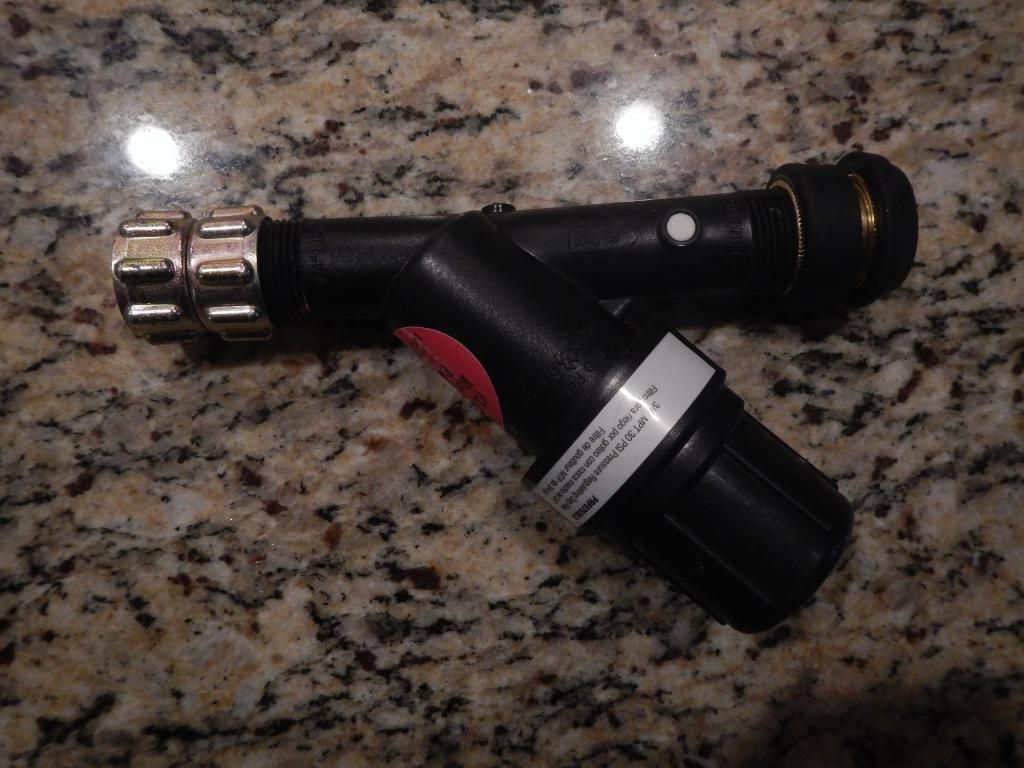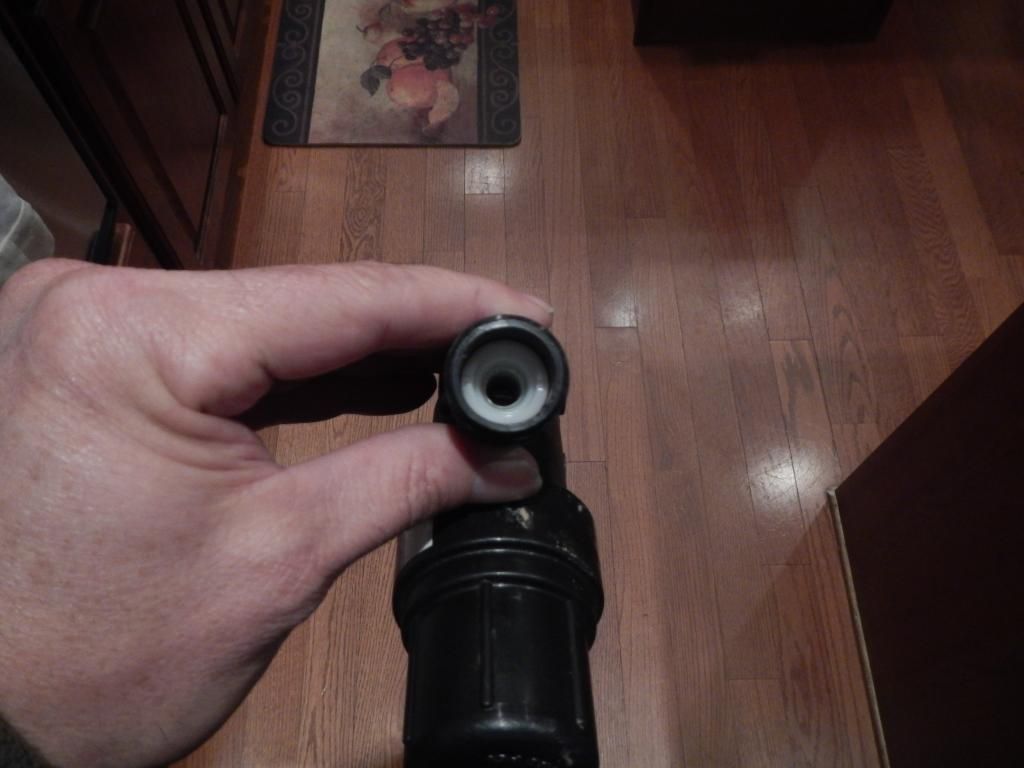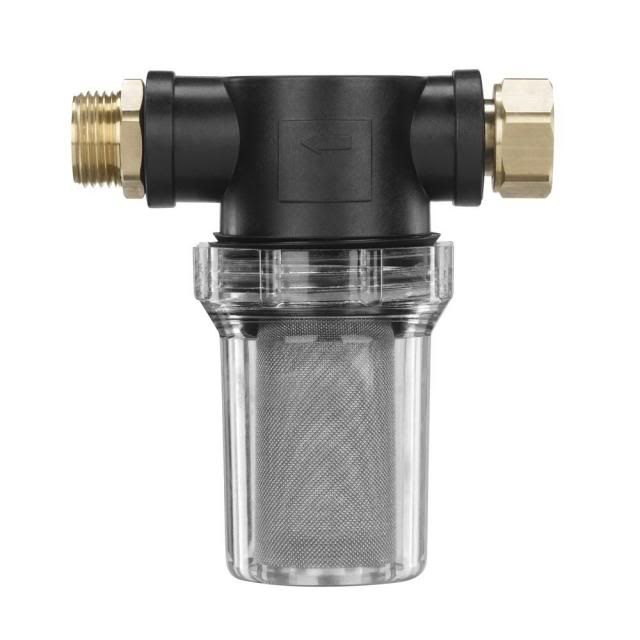Deleted
Deleted Member
Posts: 0
|
Post by Deleted on Feb 14, 2014 0:01:56 GMT -5
what do you use and what works best?
|
|
|
|
Post by shadow on Feb 14, 2014 8:46:31 GMT -5
Fireplace  |
|
|
|
Post by uregold on Feb 14, 2014 8:49:19 GMT -5
vodka
|
|
|
|
Post by victory on Feb 14, 2014 15:35:33 GMT -5
Heat pumps are cheap to run, but suck when the temp goes below 30. We have a propane furnace that we rarely use, but it is awesome when we do. Love the wood stove best and cheapest, nice consistent temp in the house, not this hot...cold...hot...cold crap.
|
|
|
|
Post by Gold Seeker on Feb 14, 2014 17:10:23 GMT -5
Heat Pump in the house, would love to have a wood burning stove/heater for emergencies during cold weather, water heater on the dredge.
|
|
mark
New Member
 Board Moderator
Board Moderator
Posts: 489
|
Post by mark on Feb 14, 2014 21:16:35 GMT -5
LOL
|
|
Deleted
Deleted Member
Posts: 0
|
Post by Deleted on Feb 14, 2014 21:57:15 GMT -5
For your dredge.. really.. All of u that replied gonna get a new name.
|
|
|
|
Post by victory on Feb 15, 2014 8:23:59 GMT -5
lol, got me
|
|
|
|
Post by Gold Seeker on Feb 15, 2014 9:03:43 GMT -5
insert code here
I thought you meant on a dredge, but after others responded about their home heat I covered both.
I like what I have for my dredge, an instant hot water propane heater, adjustable temperature, instant hot water, etc., no unexpected surprises that you can get with a muffler water heater, no need for a mixing chamber to help avoid being burned/scalded.
|
|
|
|
Post by cabarrusgold on Feb 15, 2014 16:18:42 GMT -5
Yep to what he said.... Now let's dig deeper and talk about lines , filters, etc.
|
|
|
|
Post by cabarrusgold on Feb 16, 2014 17:24:25 GMT -5
Does anyone have a handle on a filter system for the tankless system? I have a filter for a well somewhere around here. Wonder if that will work. The system comes with a screen on it, but I here it needs to be beefed up. I'm thinking about wrapping my hose with that noddle stuff for pipes for insulation.
|
|
|
|
Post by RWH on Feb 20, 2014 20:40:01 GMT -5
This is the filter I use for my system. I drilled out the pressure regulator but be careful not to drill all the way through the valve. Drip hose filter |
|
|
|
Post by cabarrusgold on Feb 21, 2014 5:25:43 GMT -5
Got any pictures of that regulator before and after drilling? I assume I can recognizes the regulator and I am removing it completely. Right?
|
|
|
|
Post by RWH on Feb 21, 2014 8:27:11 GMT -5
Got any pictures of that regulator before and after drilling? I assume I can recognizes the regulator and I am removing it completely. Right? I'll try and take a pic tonight. The filter may work as is but I didn't see a reason for it. I think it reduces to 35-45psi which the heater only needs 25psi to function. |
|
|
|
Post by cabarrusgold on Feb 21, 2014 19:00:28 GMT -5
This is from a AK ocean diver...
For hot water to the diver what I used was a thick rubber air hose, 3/8", and I got those 6' long foamed plastic pipe insulation tubes from Lowes or Home Depot. The cheaper ones that are not pre-split, that way I could thread the hose through them, and they could bend without needing to run tape around the full length to seal up the slit.
I would also use "tubular webbing", for my ice diving tether I used 4" (they measure this stuff when flat), so it would have enough room inside for my insulated water line, air line, comm line, and power cable for my lights. This is a nice way to keep everything together to reduce snagging and kinking. When I didn't insulate my water line, I think I just used 2" tubular webbing, and ran the bare air and water line down inside it.
I am not a fan of the tankless water systems for this purpose, or in general. They are too expensive to operate. I prefer using an "exhaust cooler", which we call a "heaterator", to heat my water for free off the waste heat from the engine. This can be a bit tricky, and you should have a mixing chamber to reduce the chance of steam of scalding water being sent down to the diver. And the diver has to be aware if their water stops, then steam is likely to follow. To save money when using an external heater, I would use the exhaust to preheat the water going into the heater, but I've heard reports that some tankless do not like dealing with warm intake water, tank heaters do not have this issue.
|
|
|
|
Post by RWH on Feb 21, 2014 20:56:12 GMT -5
Here are some pics of the filter I use.  Water flow is from left to right and there is an arrow that indicates flow direction.  The supply flow goes into the mesh basket holding any debris and then out the outside chamber then out to the heater.  The pressure regulator is the white thing in the tube. I drilled out the center being careful not the drill through to the other side. |
|
|
|
Post by cabarrusgold on Feb 22, 2014 16:41:27 GMT -5
Nice pics. That looks like a nice rig there.
|
|
|
|
Post by akaudiver on Mar 1, 2014 12:57:32 GMT -5
That would be me that wrote that: This is from a AK ocean diver... For hot water to the diver what I used was a thick rubber air hose, 3/8", and I got those 6' long foamed plastic pipe insulation tubes from Lowes or Home Depot. The cheaper ones that are not pre-split, that way I could thread the hose through them, and they could bend without needing to run tape around the full length to seal up the slit. I would also use "tubular webbing", for my ice diving tether I used 4" (they measure this stuff when flat), so it would have enough room inside for my insulated water line, air line, comm line, and power cable for my lights. This is a nice way to keep everything together to reduce snagging and kinking. When I didn't insulate my water line, I think I just used 2" tubular webbing, and ran the bare air and water line down inside it. I am not a fan of the tankless water systems for this purpose, or in general. They are too expensive to operate. I prefer using an "exhaust cooler", which we call a "heaterator", to heat my water for free off the waste heat from the engine. This can be a bit tricky, and you should have a mixing chamber to reduce the chance of steam of scalding water being sent down to the diver. And the diver has to be aware if their water stops, then steam is likely to follow. To save money when using an external heater, I would use the exhaust to preheat the water going into the heater, but I've heard reports that some tankless do not like dealing with warm intake water, tank heaters do not have this issue. If I had the option and could handle the weight, I would probably try a liquid cooled engine, heat exchanger, mixing valve, and creative thermostats. But I never built on like that, so I don't know the issues. What we did use was 3/8" tubing either copper or stainless in which the water would flow, and around it we would direct the exhaust heat. Sometimes coiled in a chamber or sometimes wrapped around the exhaust pipe and insulated. We also used some valves at the diver end to regulate the flow into the suit and dump excess out in case it got too hot or cold. People also recommend a mixing chamber, about 1 quart to 1 gallon in size, as a buffer against steam. We have tried filters, but never liked them, they would gum up with gunk. An important step, was to use compressed air to blow out the water from the line and coil every day, whenever we were done using it. This keeps them cleaner.    |
|
|
|
Post by cabarrusgold on Mar 1, 2014 18:27:40 GMT -5
Thanks for the post and pics! It is beneficial to have someone that has been there done that to explain these steps. Wealth of info and we appreciate it. I saw in the first pic the bypass system to displace unwanted hot water... cool. Interesting. Down here we really don't have to many cold winters in comparison to yours and is why we use the tankless system. Mostly scared of being scalded. We are very grateful for your posts though.
I saw in one pic that you all made an entry point for water into the wetsuit. Can you elaborate on that? Again, we appreciate all info posted.
Ete All: I went with a different filter system for pump and tankless. Will post pictures when I get it. Same type deal as RWH used with 120 mesh screens and more straight in-line design. Will not have to drill out check valve.
|
|
|
|
Post by akaudiver on Mar 1, 2014 22:06:51 GMT -5
In Nome a normal propane tank refill is $55 or $60. Some use what I've heard called a "Monkey Heater" not sure if that is a brand, it's orange, it takes diesel, it costs $5k; but fuel is $6.30/gallon. I prefer to use waste heat off the engine.
I have a closeup pic of my valve setup. It's just 1/4" NPT brass/stainless air parts, I use stiff 1/4" valves with short levers. Into the suit is a street 90, with a nut, so it goes brass 90, huge fender washer, 5200, suit with appropriate hole punched out, 5200, another fender washer, nut. I made the nut out of a bushing like 1/2" to 1/4" NPT.
From the 90 it goes 1/4-turn valve, tee, 1/4 turn valve; on the tee is the quick connect using stainless pressure washer fittings (we tried brass air fittings, but warm salt water is brutal). There was always debate about male end on the water line or the suit. On the suit is lighter, but on the hose allows it to free flow when not connected to the diver. So we eventually went male end on the hose, female end on the suit and also had a female end on the air tank (with a valve in between, just in case), that way at the end of the day (or if there was a clog), we just plug the water line into the air tank and blast out all the water and debris.
In the picture, the water hose is being pulled like that because my mask is on the deck. That picture is from my 10" dredge boat "Ziggurat" that I designed and built, which was later used on Bering Sea Gold as "The Edge" by Zeke and crew, and then rebuilt as the "Eroica" by Emily.
|
|
|
|
Post by cabarrusgold on Mar 2, 2014 6:30:27 GMT -5
How come you don't have a ball valve for the diver to shut off water in case of emergency? I see the ball valve to release water. And I noticed you don't have insulation on air (water) line.
We use air line to ball valve (at diver) to ridged 3/8" plastic pipe into suit down neck. I don't think anyone has a water release ball valve installed. There was mention that it is was necessary to pull out hose to let cold water blow out when heater was off. Hence ridged hose to stuff back down suit. I'm just getting my unit together so I have not field tested mine yet. There are several that have and said the heaters work great. I can see your point about refilling the tanks. 18 hours on one tank is what I believe it gets.
|
|
|
|
Post by cabarrusgold on Mar 2, 2014 7:30:55 GMT -5
Here's the filter system I went with. It will attach straight to pump on dredge. 11.00 Amazon. Powerfit AP31076 Sediment Filter Attachment for Garden Hoses and Pressure Washers  |
|
|
|
Post by cabarrusgold on Mar 2, 2014 7:40:23 GMT -5
|
|
|
|
Post by akaudiver on Mar 2, 2014 12:10:13 GMT -5
We do have a valve controlling flow into the suit, that valve is the main reason for having any valves vs just using a tube stuck down the suit. From the 90 into the suit it goes 1/4-turn valve to control flow into the suit, tee from the source, 1/4 turn valve to dump too cold or too hot; on the tee is the female quick connect pressure washer fitting. The hose is insulated, just not the last several feet. For one it's a thick rubber hose, we use foam pipe insulation tubes around that, then the air hose, water hose, power cable for the light, and the comm line all run inside a 4" tubular webbing.    The contents of the Tether, stretching out tether for assembly, my ice hut that I designed and built (along with my mini-ex and tracked ATV), I let Zeke use the hut last season for the under the ice TV show. Refilling the tanks is not the issue, it's the cost of refilling the tanks at $80 to $120 per day for fuel. At Nome prices it's not very cost effective to dump all that waste heat then spend all that money to make more heat. Especially when 6" dredges use 23hp motors. I know of people running a 6" with dual 9hp and makes all the heat he needs off one of them. Using either a homemade or commercial exhaust cooler takes some extra care and attention, but is not dangerous when built and used right. |
|
|
|
Post by cabarrusgold on Mar 2, 2014 19:16:52 GMT -5
Wow... thanks for the info. Are they on the ice now? Emily did OK last season from what I saw. Is Zeke getting his act together and back at it? I bet that is a trip to do that type of dredging.
|
|
|
|
Post by akaudiver on Mar 2, 2014 21:04:11 GMT -5
I only did ice dredging in 2011, it was not at all worth it, before deducting equipment and operating expenses we made about $10/hr. After deducting those expenses we lost about $15k. Ice dredging takes way more man hours per nozzle hour than summer dredging (about 2x to 3x more), and the gold rate per nozzle hour was way less (about half).
The only way I would do ice dredging again is if someone paid me big bucks to do it. The only reason those guys on the show do ice dredging is because they are getting paid to do it.
|
|
|
|
Post by cabarrusgold on Mar 3, 2014 6:30:18 GMT -5
Is it because the diver can't stay down long or...
|
|
|
|
Post by goldgit'r on Mar 3, 2014 6:43:25 GMT -5
Just a guess but it probably has to do with the amount of time it takes to cut the hole, move the shelter and equipment,etc. Wes
|
|
|
|
Post by cabarrusgold on Mar 3, 2014 7:18:53 GMT -5
I'm thinking the same thing, Wes. If there was a faster way though, they could keep dredging to support summer operations.
What through me was the statement of "gold rate per nozzle hour was way less (about half)." The area for ice dredging is not as good?
|
|
|
|
Post by goldgit'r on Mar 3, 2014 11:05:45 GMT -5
I believe he is saying that in a 12 hr day you may spend 3/4 of the day moving to a spot and 1/4 of the day dredging.
It's kinda how I figure jobs, I have to take into consideration the cost to move tools, material and equipment to the job and also take all of the above back when the job is finished.
I may do a 6hr job that takes me 1 day to move in and when finished 1 day to move out, if I don't figure the cost for this I loose! Wes
|
|